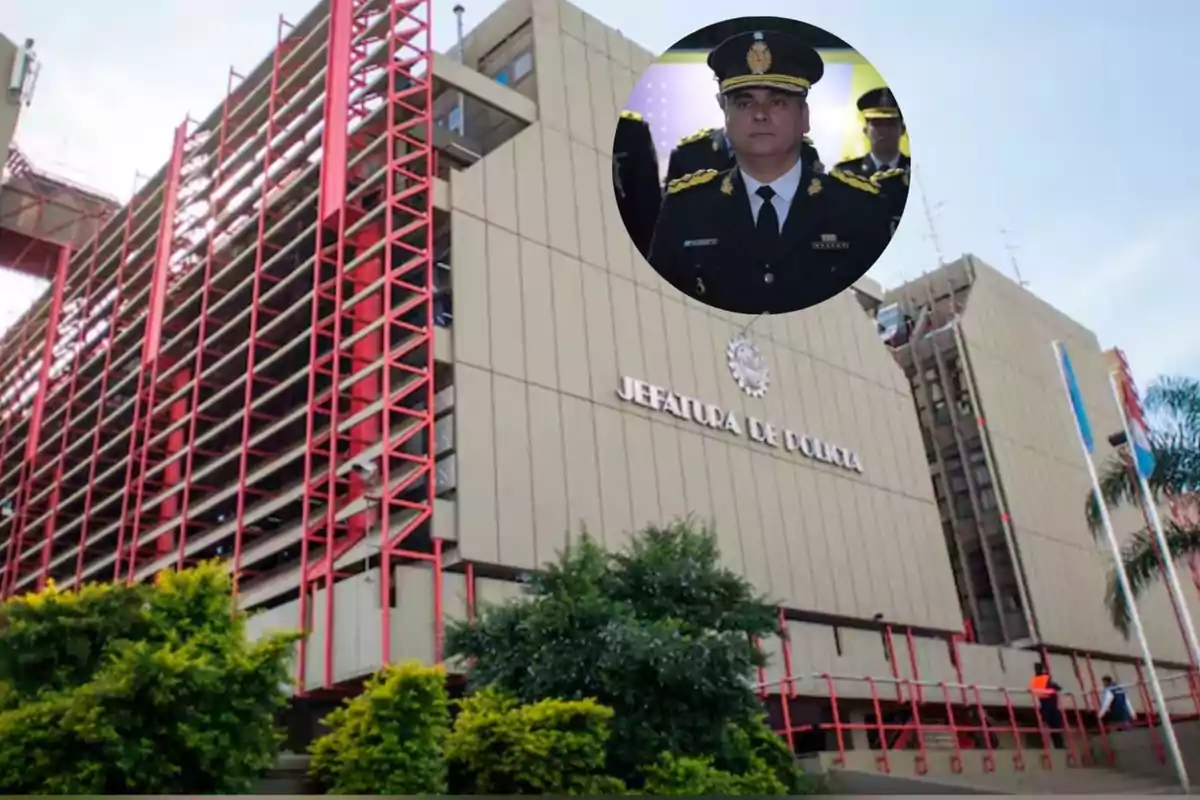
The Mercado case had already exposed the corruption within the Córdoba Police.
Another police leadership under scrutiny. The arrest of the head of the Caminera rekindles an old plot of cover-up, impunity, and protected mafias
The recent arrest of the head of the Highway Police has once again shaken the leadership of the force in Córdoba. Although the full details are not yet known, judicial sources confirmed that he is under investigation for alleged irregularities related to bribes, internal collusion, and operational mismanagement. The arrest took place after a series of raids ordered by the Anti-Corruption Prosecutor's Office.
The case marks a new episode of scandals impacting the highest police authorities in the province. It brings back into the spotlight a name that had already made headlines: former deputy chief Alejandro Mercado. His arrest in 2024, while he held the second-highest position in the force, was the beginning of a judicial process that remains open.
Mercado fell within the framework of an investigation that revealed a scheme of structural corruption. He was prosecuted along with other officers accused of covering up criminal networks in exchange for favors, protection, and money. The case, led by prosecutor Enrique Gavier, uncovered a network that implicated the Police, the Courts, and even the Executive Branch.
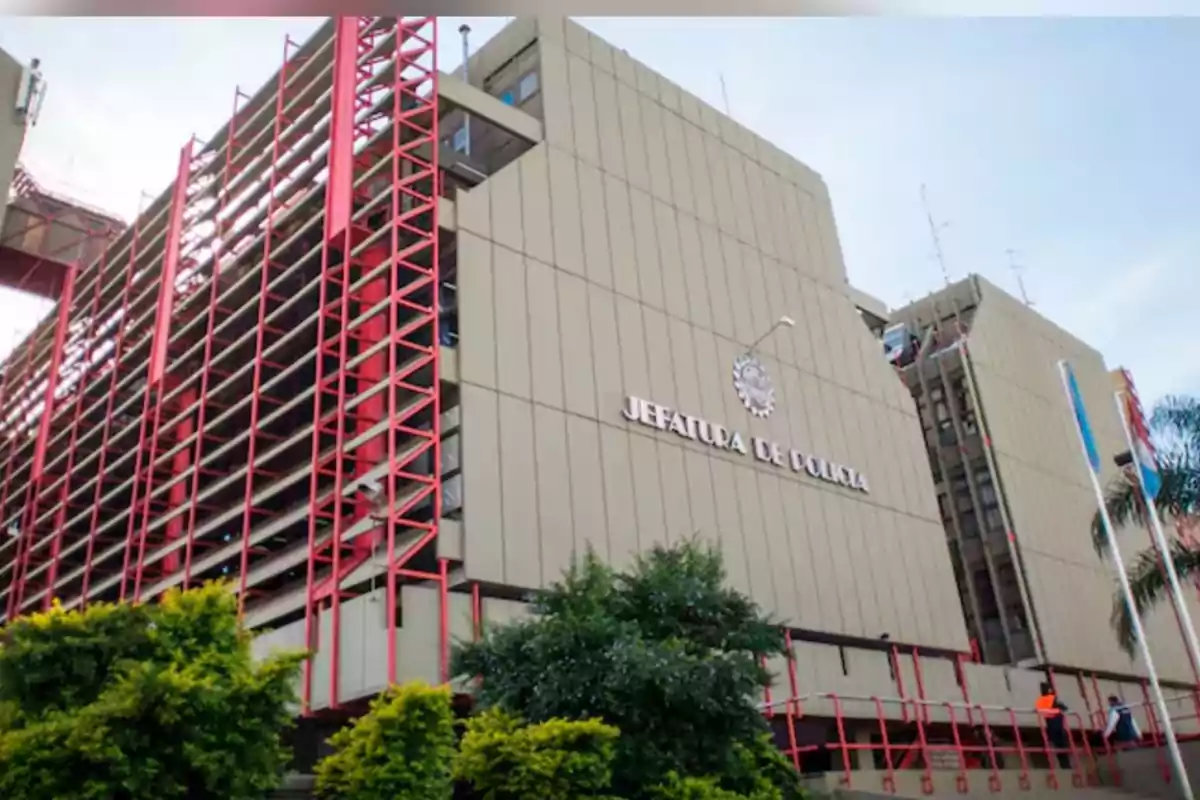
The scheme behind the Mercado case
The judicial investigation detected links between police chiefs and criminal gangs that operated with impunity. Mercado and other defendants allegedly provided cover for groups involved in illegal gambling, scams targeting the elderly, the sale of stolen cell phones, and product counterfeiting. All of this took place under the protection of certain prosecutors and officials.
The case included prominent names and key locations: Galería Norte, cell phone unlocking labs, and illegal art trafficking networks. Gavier maintained that the accused acted habitually, taking advantage of their positions and connections to halt investigations and bury judicial cases.
The case involved more than ten defendants, including former heads of Economic Crimes and retired high-ranking officers. Several are already in prison, while others await their legal status. The depth of the case exposed a Police force with free zones and internal complicity.
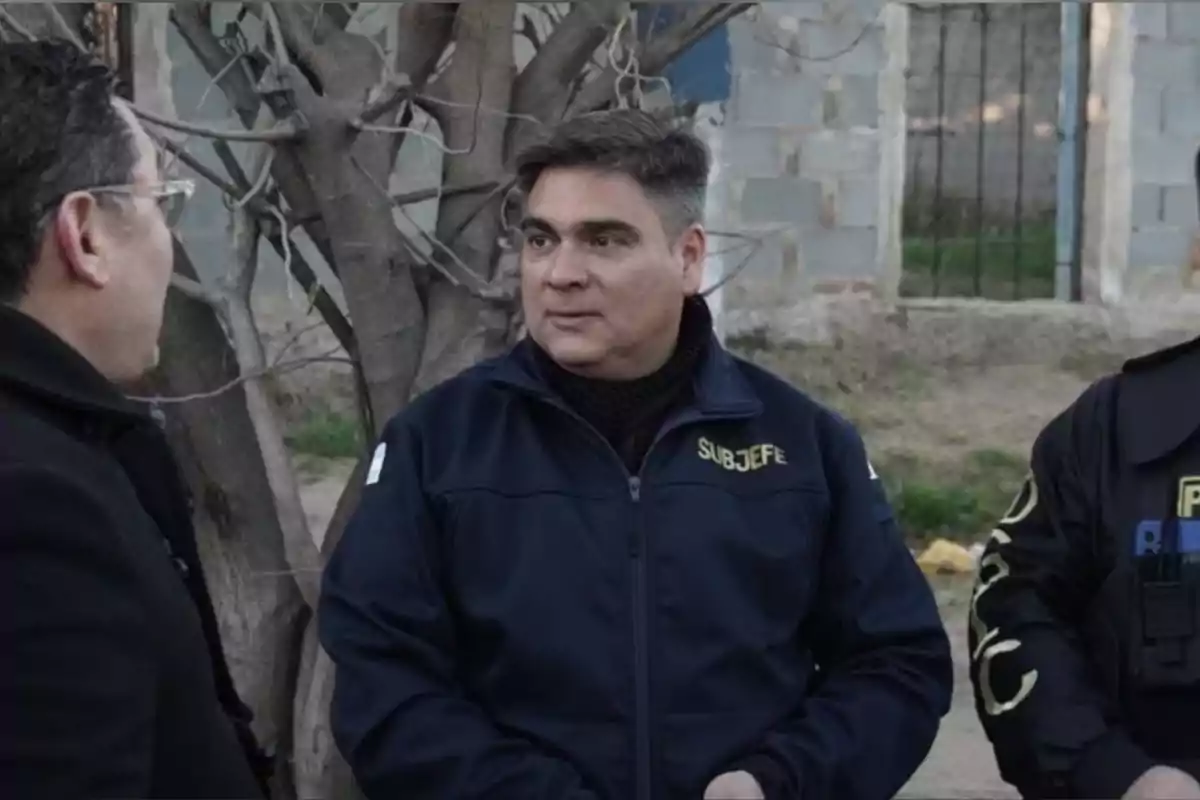
The Cofico case and the institutional revenge
One of the key episodes that enabled Mercado's rise was the armed robbery in Cofico on Christmas 2016. A gang broke into a house where figures such as Olga Riutort, Judge Luis Rueda, and former prosecutor Darío Vezzaro, among others, were having dinner. Although there were arrests, the trial ended in acquittals and the case remains unsolved.
Then-prosecutor Raúl Garzón was questioned for his actions, as he limited lines of investigation and protected certain hypotheses. Police chief Calixto Luna, who opposed that version, was removed and replaced by Mercado, who then regained power after having been sidelined.
The judicial reconstruction keeps that the Cofico case was used as an excuse to reinstate Mercado at the top of the structure. From there, he consolidated his network of internal contacts and operated with political backing. This was the beginning of a scheme that, years later, collapsed with his own arrest.
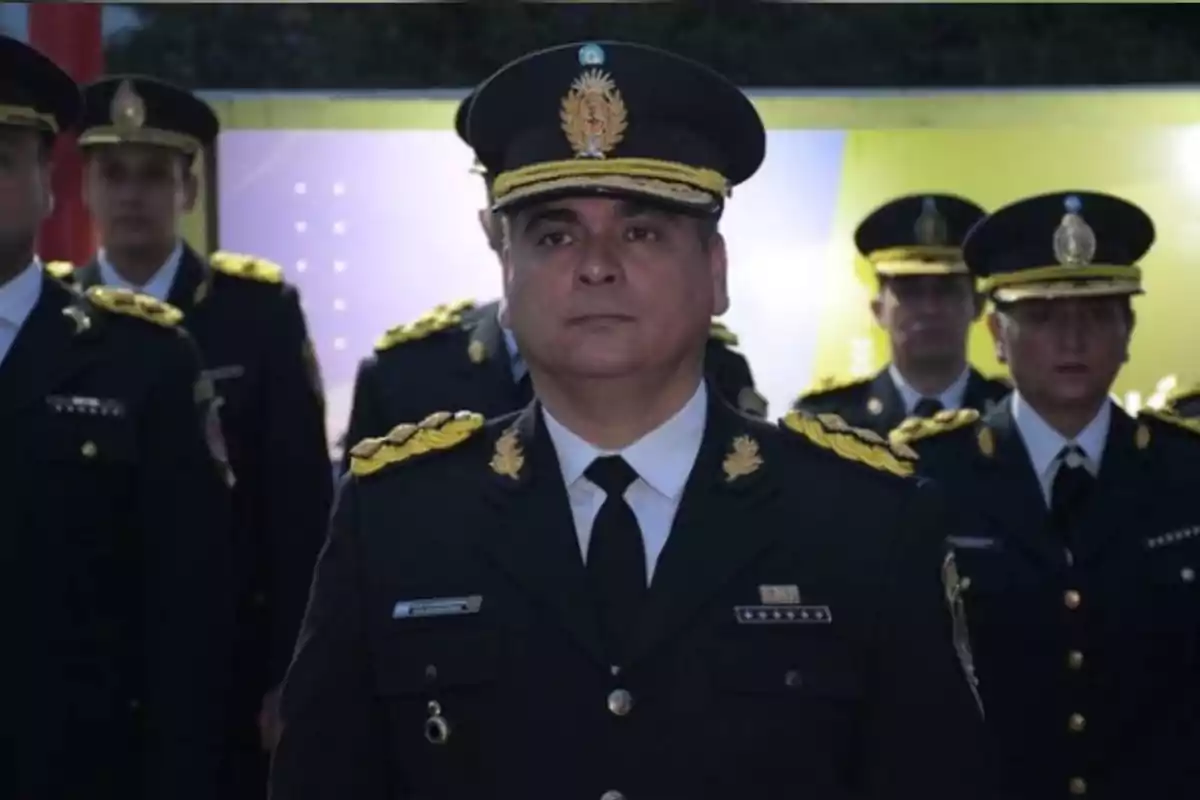
Operations, buried complaints, and institutional silence
Another key name that appears in the case is Rodolfo González, former head of Police Conduct Control. He had reported internal irregularities, but was the victim of a smear campaign that ended with his arrest for crimes that never existed. The trial acquitted him and ordered the restoration of his good name.
For prosecutor Gavier, González was the target of an internal maneuver orchestrated from the police leadership. The aim was to remove him before his investigations against Mercado and other commanders could advance. In that context, the role of the Conduct Tribunal and lawyer Ana María Becerra also came under suspicion.
In addition, it was revealed that an anonymous complaint against Mercado reached the Attorney General's Office in 2016. It was filed away without justification. The file "disappeared" and was only reactivated years later, when the situation became untenable.
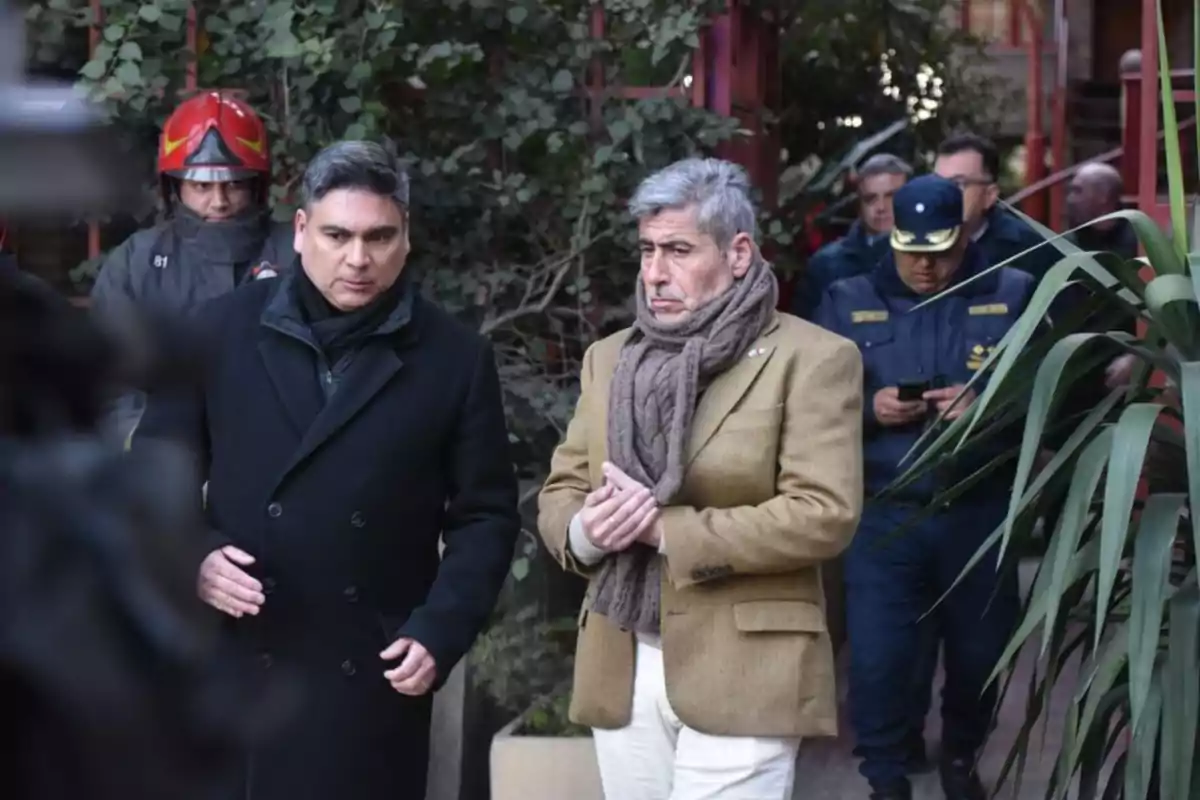
A network entrenched in the State
Gavier's file also mentions former Attorney General Alejandro Moyano, who referred complaints without investigating and was part of the institutional silences. The relationship between Mercado and Gustavo Folli, another former deputy chief now in prison, is also being analyzed. They are accused of protecting each other and operating with total impunity.
Prosecutors maintain that the network was neither improvised nor isolated. It was an entrenched scheme within the Police, with political and judicial backing. Cases were manipulated, troublesome officials were removed, and institutional obedience was rewarded.
Mercado's fall was the first tremor. The recent arrest of the head of the Highway Police confirms that the problem persists. The structure, although weakened, remains in place within sectors of the provincial police power.
More posts: